10 Reasons Why Calligraphy Is A Good Hobby For Artists

Source: Luislili, Instagram, https://www.instagram.com/p/BjyKOywBFmf/
Calligraphy, the art of beautiful handwriting, has long captivated artists and enthusiasts alike with its graceful lines and expressive forms. For artists, delving into calligraphy as a hobby offers more than just the ability to craft elegant script; it opens up a world of artistic growth and personal enrichment. This timeless skill not only enhances an artist's repertoire but also connects them to a centuries-old tradition that transcends cultural boundaries. Whether you're looking to refine your fine motor skills, explore new forms of creative expression, or simply unwind and relax, calligraphy provides a rewarding avenue.
In this article, we explore ten compelling reasons why calligraphy stands out as an exceptional hobby for artists. Each point highlights how this formative art can enrich an artist’s practice, enhance their concentration, and even open doors to new professional opportunities. Join us as we delve into the myriad benefits calligraphy offers to those in the artistic community.
Enhances Fine Motor Skills
Calligraphy is not only an art form but also a practical way to improve fine motor skills. For artists, developing precise hand movements is critical to mastering any medium, and calligraphy provides an excellent opportunity to refine these abilities. The controlled, deliberate strokes required in calligraphy engage the small muscles in the hands and fingers, enhancing dexterity and coordination.
When practicing calligraphy, artists focus on creating consistent shapes, smooth curves, and sharp lines. This process demands a steady hand and controlled pressure, encouraging the development of muscle memory over time. These improved motor skills are transferable to various artistic endeavors, such as painting, sculpting, and drawing intricate details.
For artists who struggle with fine motor skills due to inexperience or physical conditions, calligraphy can be particularly beneficial. The repetitive nature of forming letters and symbols acts as a form of physical therapy, gradually building strength and coordination. This combination of artistic expression and motor skill enhancement makes calligraphy an ideal hobby for artists looking to elevate their craft while enjoying a relaxing and fulfilling activity.
Develops Patience And Focus
Calligraphy is a meditative practice that requires patience and focus, making it an ideal hobby for artists seeking to improve these qualities. The process of crafting each letter with precision is inherently slow and deliberate, encouraging artists to embrace the journey rather than rush toward the final result. This deliberate pace nurtures a deeper sense of mindfulness and discipline, both of which are invaluable in any artistic pursuit.
For artists accustomed to fast-paced or digital mediums, calligraphy offers a refreshing contrast. It demands full attention to detail, as even minor variations in pressure or angle can impact the outcome of a stroke. This level of concentration helps artists stay in the moment, fostering a state of flow where creativity can flourish without distraction.
Calligraphy also teaches the value of persistence. Mastery does not happen overnight—it takes time, practice, and a willingness to learn from mistakes. This gradual improvement process mirrors the journey of developing any artistic skill, reinforcing the importance of patience in achieving creative goals.
Boosts Creativity
Calligraphy is a powerful tool for enhancing creativity, making it an exceptional hobby for artists. By immersing themselves in the art of beautiful handwriting, artists can experiment with design elements that go beyond traditional mediums, sparking new ideas and approaches. Calligraphy challenges individuals to think about shapes, spacing, and patterns, fostering a deeper understanding of composition and aesthetics.
The beauty of calligraphy lies in its versatility. Artists can explore a wide range of styles, from traditional scripts like Gothic and Copperplate to modern, freestyle lettering. This freedom to experiment allows for personal expression and innovation, pushing creative boundaries. Artists often find inspiration in the intricate details of letterforms, discovering how curves, angles, and embellishments can be combined in unique ways.
Moreover, calligraphy encourages artists to blend mediums. Adding calligraphic elements to watercolor paintings, mixed media artworks, or graphic designs creates dynamic pieces that stand out. The interplay of text and imagery opens up new possibilities for storytelling and visual impact.
Ultimately, calligraphy inspires artists to view their work from a fresh perspective. It encourages them to see beauty in the small details and to embrace the challenge of creating something both functional and visually captivating. As a hobby, calligraphy nurtures imagination and innovation, making it a valuable pursuit for any artist.

Source: Stefankunz, Instagram, https://www.instagram.com/p/CCGEKrHl77t/
Improves Attention To Detail
Calligraphy is a meticulous art form that sharpens an artist's attention to detail, making it an excellent hobby for those seeking to refine this essential skill. Each stroke in calligraphy must be deliberate, as small inconsistencies can significantly affect the balance and elegance of the final piece. This precision-oriented practice trains artists to focus on the finer elements of their craft.
The process of creating calligraphy requires artists to consider multiple variables simultaneously. From the angle of the pen to the pressure applied during each stroke, every detail plays a role in achieving harmony in the design. Artists must also pay close attention to spacing, alignment, and proportions, all of which contribute to the overall aesthetic.
This heightened awareness of details naturally translates to other artistic pursuits. Painters may notice subtler shifts in shading, designers may refine layout compositions, and sculptors may perfect intricate features in their work. Calligraphy serves as a foundational practice for honing these observational skills, encouraging a mindset of precision and care.
Additionally, the structured repetition of calligraphy fosters consistency, another crucial aspect of detail-oriented artistry. Artists learn to approach their work methodically, ensuring that even the smallest elements are thoughtfully executed.
Provides A Relaxing Outlet
In today’s fast-paced world, finding a creative and calming activity is essential for artists, and calligraphy serves as the perfect solution. As a hobby, calligraphy offers a meditative escape that helps artists unwind while engaging in a meaningful and productive practice. The repetitive motions of forming letters and the rhythmic flow of ink on paper create a soothing experience that quiets the mind and reduces stress.
Calligraphy allows artists to immerse themselves in the present moment, focusing solely on the beauty of each stroke. This focus fosters mindfulness, which is known to improve mental well-being and reduce anxiety. Unlike other creative pursuits that may come with deadlines or performance pressure, calligraphy can be enjoyed at one’s own pace, making it a highly personal and stress-free outlet.
Calligraphy also provides an opportunity for self-expression in a low-pressure environment. Artists can experiment with different styles, techniques, and colors to create unique pieces that reflect their mood and creativity. This blend of relaxation and artistic expression makes calligraphy an ideal hobby for artists seeking balance and rejuvenation in their lives.
Expands Artistic Skills
Calligraphy is more than just the art of beautiful writing—it’s a powerful tool for broadening an artist’s skill set. As a hobby, calligraphy introduces techniques and concepts that complement other artistic practices, making it an invaluable addition to an artist’s repertoire.
One of the primary ways calligraphy expands artistic skills is by enhancing control and precision. The disciplined strokes required to form letters translate seamlessly into other mediums, such as painting or illustration. Artists who practice calligraphy develop a steadier hand and a heightened awareness of line quality, which can elevate their overall craftsmanship.
Calligraphy also fosters a deeper understanding of composition and balance. Artists learn to create harmony between shapes, spaces, and proportions within a confined area, skills that are equally important in graphic design, typography, and fine art. This focus on layout and structure encourages artists to think critically about how visual elements interact.
The versatility of calligraphy allows artists to blend it with various mediums, from incorporating lettering into mixed media pieces to designing unique prints or logos. By mastering calligraphy, artists unlock new ways to express themselves and enrich their creative portfolio, making it a valuable hobby for artistic growth.
Offers A Sense Of Accomplishment
Calligraphy is a rewarding hobby that provides artists with a tangible sense of accomplishment. Each carefully crafted letter represents hours of practice, dedication, and attention to detail, making progress in calligraphy an achievement worth celebrating. For artists, the process of mastering new styles and techniques serves as a constant source of motivation and pride.
Unlike many creative pursuits, calligraphy offers visible milestones that reflect improvement. Whether it’s achieving consistency in letterforms or perfecting the flow of a script, these small victories contribute to a larger sense of growth. For beginners, even mastering basic strokes can feel immensely satisfying, while advanced calligraphers find fulfillment in creating intricate designs and compositions.
Additionally, calligraphy allows artists to set personal goals, such as completing a custom project or learning a specific style. Meeting these objectives fosters a sense of discipline and perseverance, qualities that can be applied to other areas of artistic and personal life.
The finished pieces themselves are a testament to the artist’s hard work and skill. Whether it’s a beautifully written quote or an elaborate invitation, these creations serve as a physical reminder of progress and dedication. Sharing these works with others further amplifies the sense of achievement, as calligraphy often evokes admiration and appreciation.

Source: Calligraphymasters, Instagram, https://www.instagram.com/p/BjSHYiUlM1N/
Provides Unique Personalization Options
Calligraphy is an exceptional hobby for artists who love adding a personal touch to their creations. The art of beautiful lettering allows for endless customization, enabling artists to transform ordinary items into meaningful, one-of-a-kind pieces. This ability to personalize enhances the value of their work, whether for personal use, gifts, or professional projects.
Artists can use calligraphy to create customized stationery, greeting cards, or invitations that stand out with their elegance and individuality. The unique style of hand-lettered designs elevates these items, making them more memorable and special. Calligraphy also lends itself to home décor projects, such as custom wall art, nameplates, or quote displays, offering limitless opportunities for creativity.
Beyond physical objects, calligraphy allows artists to craft meaningful, heartfelt messages. Writing someone’s name or a favorite phrase in a stunning script adds a personal and emotional element that cannot be replicated by digital fonts or mass-produced products.
Calligraphy’s adaptability makes it an ideal hobby for any artist seeking to explore the art of personalization. The ability to infuse creativity and individuality into every piece makes it a fulfilling and highly rewarding practice for both the artist and those who receive their creations.
Personalized Gifts and Artworks
Calligraphy elevates the art of gift-giving to a new level of personalization and creativity. This ancient form of writing, when adopted as a hobby by artists, allows for the creation of unique, handcrafted pieces that carry a personal touch unmatched by generic items. Whether it's embellishing a heartfelt letter, designing custom invitations, or creating decorative wall pieces, calligraphy adds a special flair that deeply resonates with both the creator and the recipient.
For artists, the practice of calligraphy fosters a unique expression of their artistic talents, enabling them to incorporate personalized messages, quotes, or names in an aesthetically pleasing manner. This not only enhances the visual appeal of the artwork but also imbues it with emotional depth and personal significance. Such personalized artworks are highly sought after during special occasions like weddings, anniversaries, and birthdays, offering artists opportunities to showcase their skills and possibly generate income.
Moreover, the versatility of calligraphy means that these personalized items can vary widely in style—from classical scripts reminiscent of historical manuscripts to modern, whimsical interpretations that reflect contemporary tastes. Each piece can be tailored to the preferences and personalities of the individuals for whom they are intended, making each creation a one-of-a-kind work of art.
Supports Artistic Income Opportunities
For artists seeking to turn their creative passions into income, calligraphy offers a wealth of opportunities. As a skill-based art form, calligraphy is in high demand for custom projects, making it a valuable addition to an artist’s professional toolkit. From personalized commissions to workshops, this versatile hobby can easily translate into a profitable venture.
One of the most popular avenues for earning income with calligraphy is through event-related projects. Artists can create hand-lettered invitations, place cards, and signage for weddings, parties, and corporate events. These custom touches add elegance and individuality, ensuring that clients are willing to pay a premium for unique designs.
Calligraphy also lends itself to the creation of tangible products, such as greeting cards, wall art, or journals. By selling these items online or at local markets, artists can showcase their talent while reaching a broader audience. Additionally, collaborations with brands or businesses, such as crafting custom logos or menu designs, can open doors to long-term professional relationships.
For those who enjoy teaching, offering calligraphy workshops or online courses is another lucrative option. Sharing expertise with aspiring calligraphers not only generates income but also builds a strong reputation within the artistic community.
The growing appreciation for handcrafted work ensures a steady market for skilled calligraphers. By leveraging their talents and exploring diverse opportunities, artists can transform calligraphy from a relaxing hobby into a sustainable and rewarding source of income, all while continuing to express their creativity.
Conclusion
Calligraphy offers a unique blend of artistic expression, skill development, and personal enjoyment, making it an ideal hobby for artists of all levels. By engaging in this art form, artists not only refine their craft but also gain a therapeutic outlet and the ability to create personalized, meaningful works of art. Whether used for enhancing artistic portfolios or enriching personal and professional relationships, calligraphy as a hobby opens up a world of creative possibilities. Embrace the elegant art of calligraphy to unlock new dimensions in your artistic journey and experience the joy of bringing words to life.
Let Us Know What You Think!
Every information you read here are written and curated by Kreafolk's team, carefully pieced together with our creative community in mind. Did you enjoy our contents? Leave a comment below and share your thoughts. Cheers to more creative articles and inspirations!


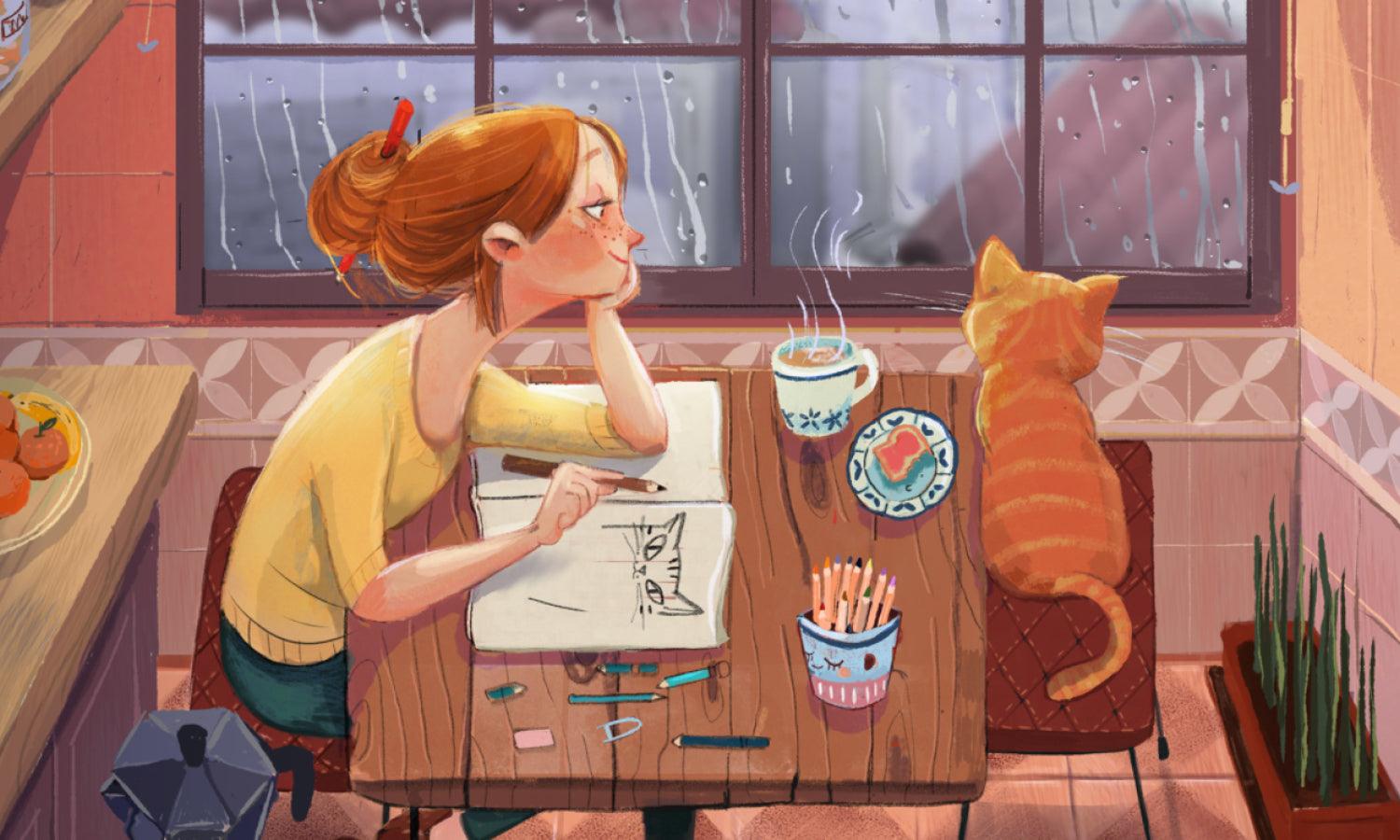

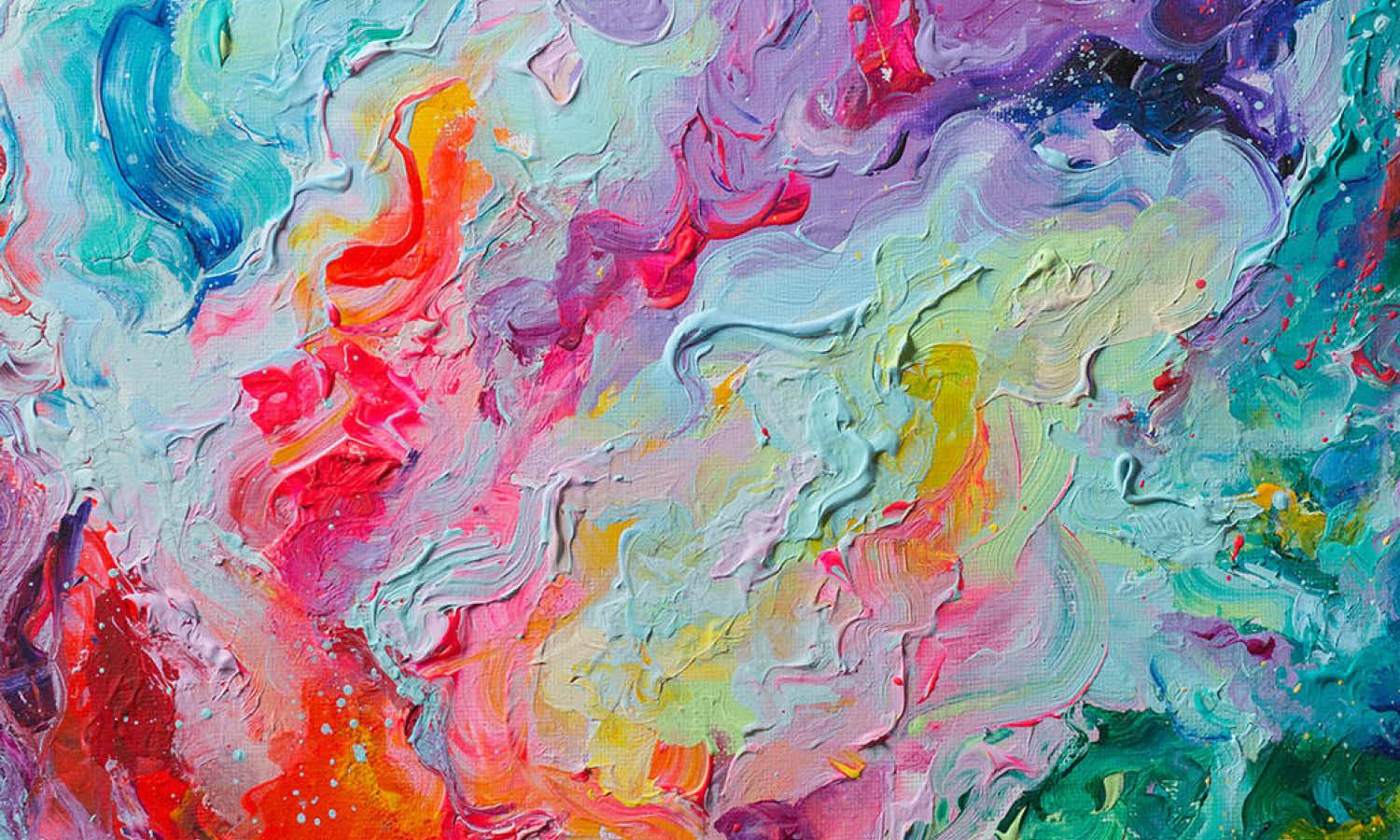
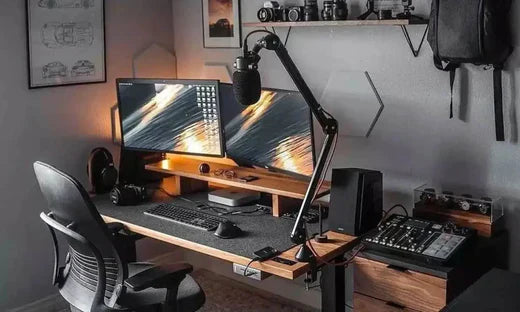

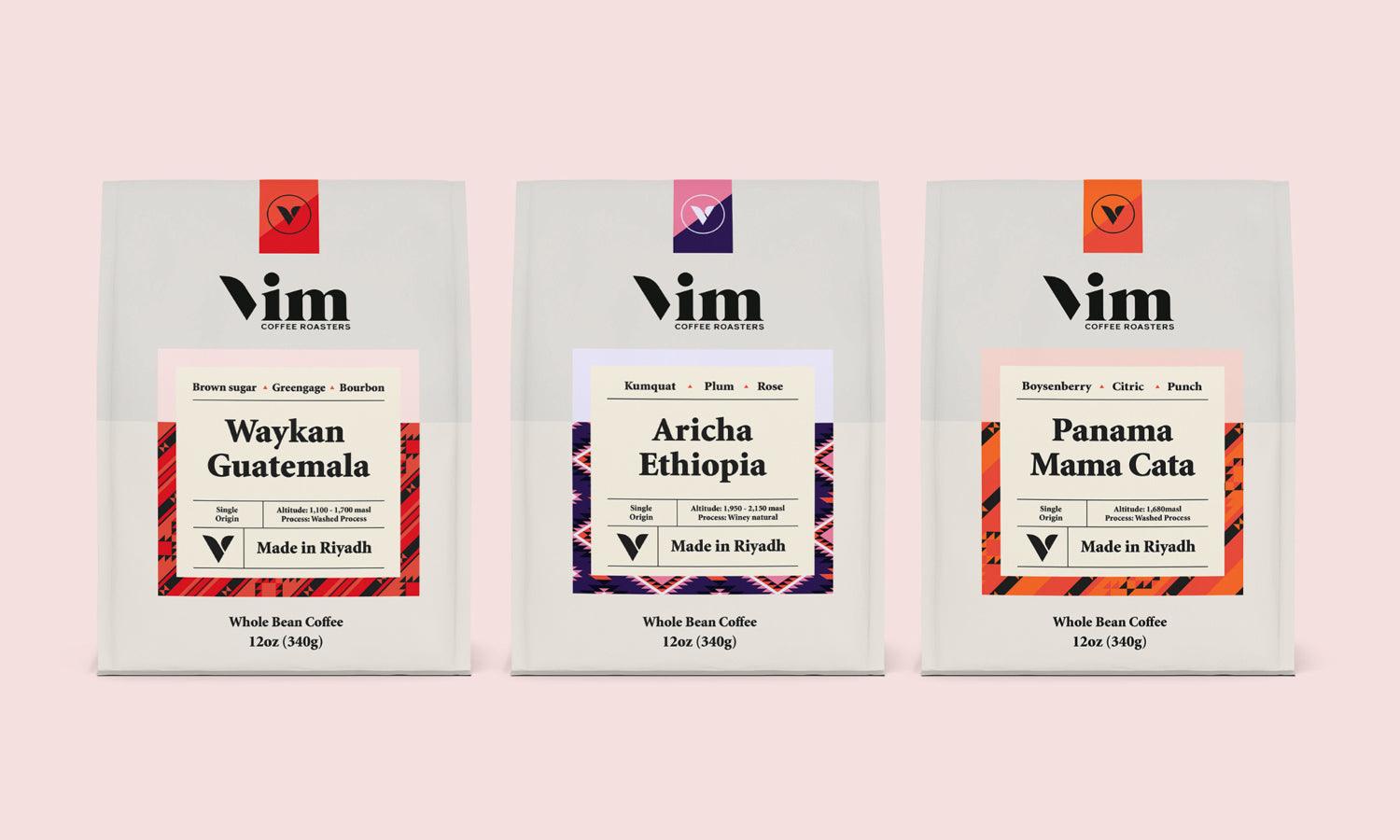
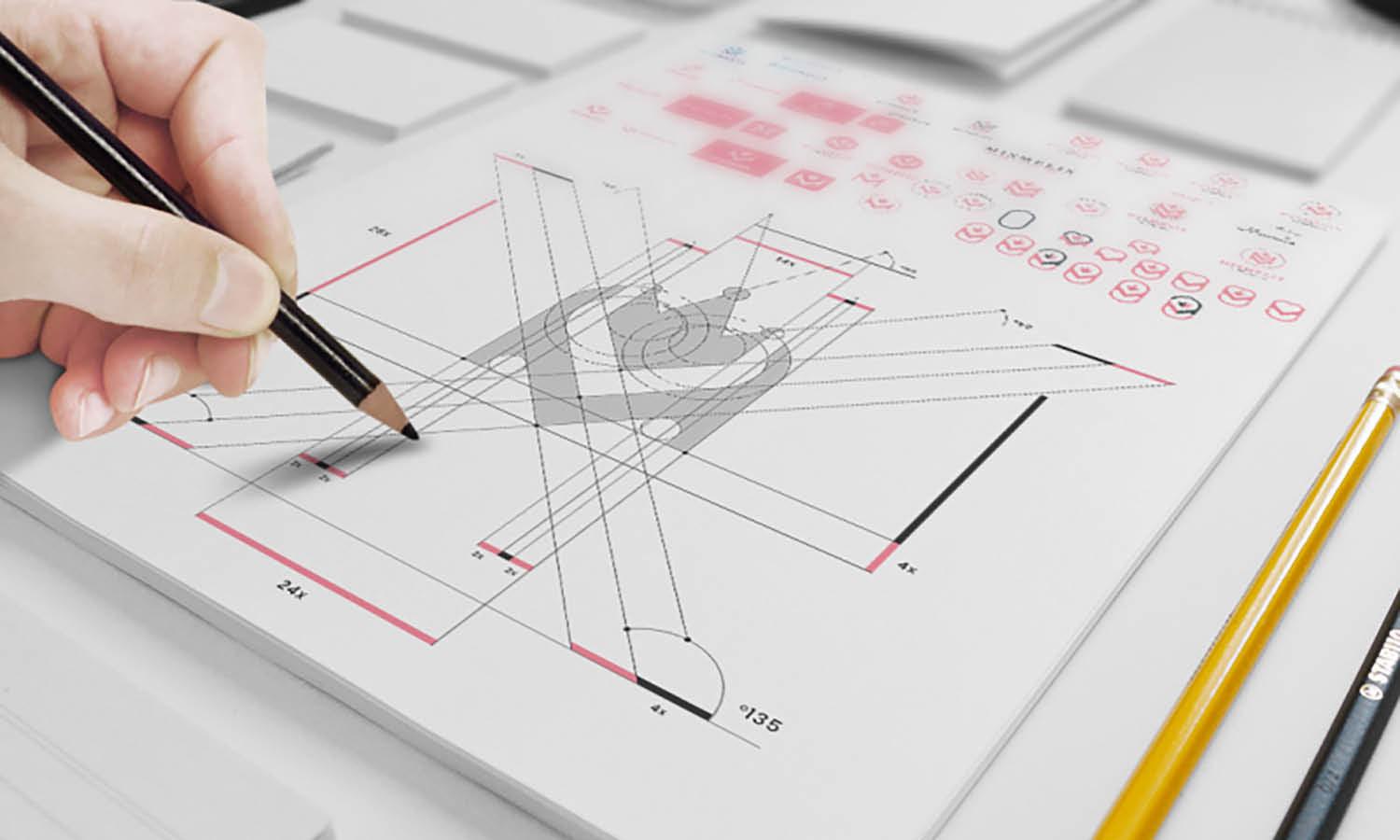







Leave a Comment